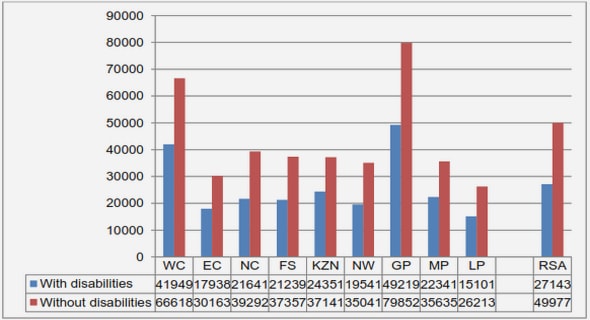(Downloads - 0)
For more info about our services contact : help@bestpfe.com
Table of contents
1 Introduction
1.1 Computation outsourcing
1.1.1 Homomorphic encryption
1.2 FHE in the user-server scenario
1.3 User and server: different problems for different players
1.3.1 The user’s point of view
1.3.2 The server’s point of view
1.4 Our results
1.4.1 A new framework for homomorphic evaluation of neural networks
1.4.2 A new technique for circuit privacy
1.4.3 A protocol for private information retrieval
1.5 Other contributions
1.6 Organization of the manuscript
Personal Publications
2 Preliminaries
2.1 Notation and preliminaries
2.1.1 Mathematical notation
2.1.2 Algorithms
2.1.3 Provable security
2.2 Cryptographic primitives
2.3 Lattices
2.3.1 Basic definitions
2.3.2 Computational problems
2.3.3 Worst-case hardness
2.3.4 Gaussians
2.3.5 Short integer solution (SIS)
2.3.6 Learning with errors (LWE)
2.4 Complexity assumptions
3 Fully homomorphic encryption
3.1 Introduction
3.2 Homomorphic encryption scheme
3.3 Bootstrapping and key-switching
3.4 Three generations of FHE
3.4.1 First generation FHE
3.4.2 Second generation FHE
3.4.3 Third generation FHE
3.4.4 Message packing
3.5 Advanced constructions
3.6 Libraries and practical implementations
3.7 FHE constructions from non-lattice assumptions
4 Homomorphic evaluation of deep neural networks
4.1 Introduction to the problem
4.2 Refresher on neural networks
4.2.1 Basic definitions
4.2.2 Neural networks’ layers
4.2.3 Activation functions
4.2.4 Perceptrons, multilayer perceptrons, and deep NNs
4.2.5 Training and evaluating neural networks
4.2.6 MNIST: a typical dataset for NNs
4.3 State of the art for privacy-preserving predictions
4.4 TFHE: a framework for efficient bootstrapping
4.4.1 LWE over the torus and related constructions
4.4.2 External product and bootstrapping procedure
4.5 Our contributions
4.5.1 Definition of a discretized neural network
4.5.2 Simple conversion from a traditional NN to a DiNN
4.5.3 Homomorphic evaluation of a DiNN
4.5.4 Refinements of TFHE
4.5.5 Experimental results
4.5.6 Comparison with Cryptonets [DGL+16]
5 Circuit privacy for homomorphic computations
5.1 Introduction
5.1.1 Our results
5.1.2 Technical overview
5.2 Additional preliminaries
5.2.1 Randomized G−1 (·) algorithm
5.2.2 Probability results
5.2.3 Results on lattices and Gaussian distributions
5.2.4 Entropy and leftover hash lemma
5.2.5 Permutation branching programs
5.3 Core randomization lemma
5.3.1 Proof of randomization lemma
5.3.2 Rerandomizing LWE samples
5.4 Our scheme: circuit-private homomorphic evaluation for GSW
5.4.1 Rerandomizing and scaling GSW ciphertexts
5.4.2 Circuit privacy: definition and main theorem
5.4.3 Modified Eval algorithm for the GSW encryption scheme
5.4.4 Setting the parameters
5.4.5 Extension to arbitrary moduli and trapdoor matrices
5.5 Discussions
6 Private information retrieval through homomorphic encryption
6.1 Introduction
6.1.1 Private information retrieval
6.1.2 Oblivious transfer
6.1.3 Our contributions
6.2 Our protocol
6.3 The DGHV encryption scheme and its extension
6.4 Implementing our protocol
6.4.1 How to choose the random polynomials for conjunction queries
6.4.2 Handling the “false positives”
6.4.3 Concrete parameters and benchmarks
6.5 Discussions
7 Conclusions and open questions
7.1 Conclusions
7.2 Open questions
7.2.1 Homomorphic evaluation of neural networks
7.2.2 Circuit privacy
7.2.3 Private information retrieval
Notation
Abbreviations
List of Illustrations
Figures
Tables
Bibliography



